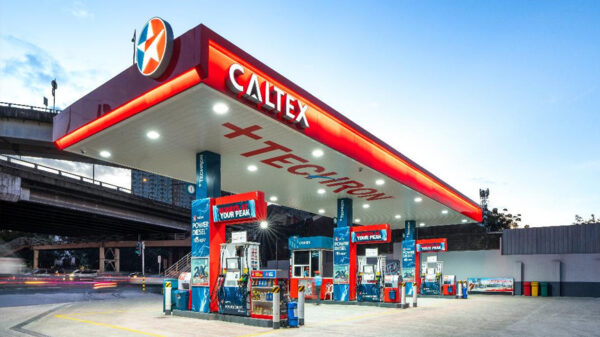The country’s largest and only integrated telco PLDT announced that its fiber infrastructure has reached 395,000 kilometers as of end-September 2020 – the most extensive and advanced digital transport network in the country, supporting all the internet delivery platforms such as fiber fixed broadband, mobile data services via 4G and increasingly 5G, and carrier-grade WiFi.
“Despite pandemic conditions, PLDT has relentlessly continued to expand its fiber optic network. Expansion works are ongoing to extend PLDT’s footprint by another 81,000 kms, 31,000 kms more in 2020 and 50,000 in 2021,” said PLDT-Smart senior vice president for network planning and engineering Mario G. Tamayo.
In addition, the company’s backbone network capacity as of end-September 2020 is at 55 terabits per second. With its ongoing works, PLDT is looking to increase this capacity further by another 37 terabits per second.
This capacity expansion aims to serve customers’ growing demand for data and deliver technologies like 5G, LTE, and fiber-to-the-home.
PLDT’s extensive fiber infrastructure also supports its mobile subsidiary Smart’s network by providing high-capacity links for base stations.
Base stations are electronic equipment installed on cell sites that transmit and receive radio frequencies. These stations connect customers’ mobile devices, such as phones and WiFi routers to the network.
“From the base station all the way to the data centers, the connection is mostly fiber. Faster transmission of data is best enabled by fiberizing the base stations, so our customers can have a better experience when streaming videos, for instance. Additionally, this better experience is possible because of the international submarine cables that connect our network to the rest of the world where most of the content is hosted – and these submarine cables also happen to be made of fiber,” Tamayo said.
He added that PLDT and Smart intend to deliver more improved services, and ensure a future-proof, reliable, and resilient network by focusing on expanding and upgrading their entire network ecosystem which consists of thousands of cell sites; 56,799 base stations; 3.81 million ports for outside plant facilities; 25 core data centers; three cable landing stations and international gateway facilities.
All these improvements are made possible by PLDT’s heavy network investments. Over the past five years, PLDT’s capex – most of which was poured into its network build-out – reached P260 billion. Capex was particularly high in the last two years – when PLDT ploughed back 38% of its revenues in 2018 and 45% of its revenues in 2019 back into capex – clear evidence of its commitment to improve its services.
PLDT’s capex is expected to reach at least P70 billion in 2020. Its network spending will remain sizable next year as PLDT further expands its fiber network and Smart rolls out 5G.
Tamayo pointed out that “PLDT and Smart will continue to invest in building the network. In terms of affordability, we are trying to balance the needs of our customers and their capability to avail of our services. We always make sure that we offer reliable services. Expect improvement in our services this year and next year.”









































































































